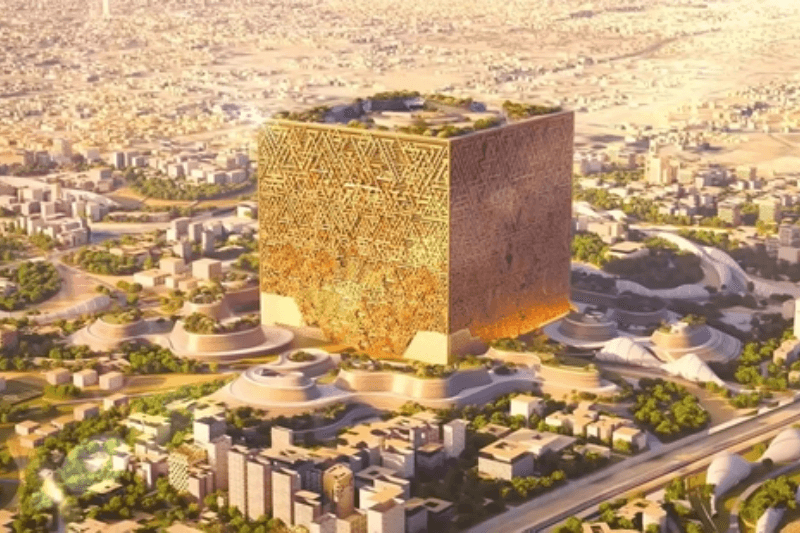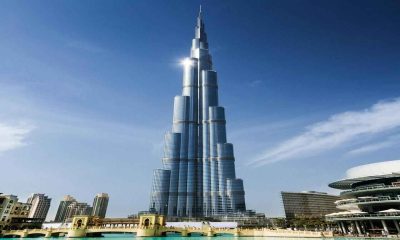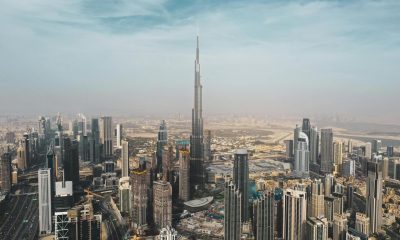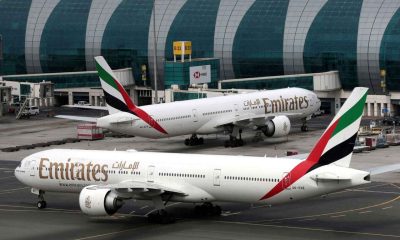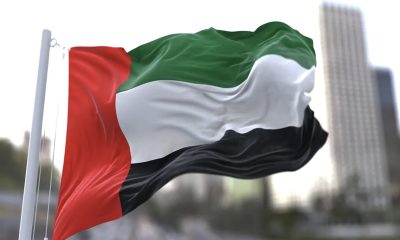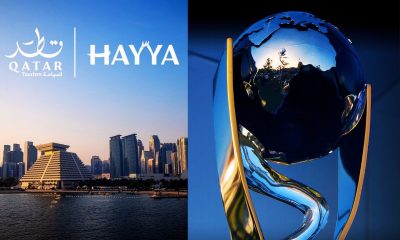Saudi Arabia has marked the construction of what is meant to be the largest building in the world with an official groundbreaking ceremony for The Mukaab. The staggering, cube-like structure under construction stands 400 meters tall and is located in the New Murabba district of Riyadh: it is also a $50bn bet on the kingdom’s future. Measuring 1 million square meters the project aims to reinvent contemporary city life by embracing technology, environmental practices, and tradition.
Facts About the Mukaab
From an aesthetic point of view, the form of the Mukaab stems from Najdi architecture, but at the same time, it is highly technological. The interior of the building also has a spiral tower and openwork forms are intertwined with each other, it is very interesting to look at, especially the use of the latest holographic projections. Sustainability is the focus of development, and the layout emphasizes how people can obtain green space and vital facilities in less than a 15-minute walk.
Advanced AI systems and sustainable technologies used in the construction of buildings create new standards for smart city construction. Currently, the project will include 1,04,000 residential units and 9000 hotel rooms that will form a compact community that encompasses cultural preservation as well as innovation of progressive standards of urban civilization.
Economic Effects and Social Change
As a part of the Kingdom’s vision to diversify its economy, apart from the construction of Mukaab, KSA is expected to create 3,34,000 new job opportunities and add $ 51.2 billion to the non-oil Gross Domestic Product. Construction is still ongoing, and it has hired 900 people for its construction; the project is expected to be completed by 2030. The development will also have prime retail outlets, commercial office space, and entertainment facilities to create a new commercial center in the region.
Aside from the aspects of economic implications, the project is expected to transform social relations in Riyadh. The combined use in one building of living, working, and recreational areas offers unique possibilities in people’s interactions. This vertical city concept rejects conventional ideas of urbanization but at the same time, it respects the culture that might be used in future Middle Eastern projects.
Future Vision and Global Implications
The Mukaab is not just an architectural project; it is Saudi Arabia’s project for an ecological urbanism of the future. Smart green systems and HVAC will reveal how technology can improve the human experience in difficult conditions. If the project is successful, the findings could be used to guide the evolution of major cities elsewhere, especially those that are confronted with similar climatic conditions.
Given the growing trends of urbanization that cities across the world face, The Mukaab provides relevant information on integrated community development. When finished, it will change the face of Riyadh literally and may also signify a new epoch in the development of urban architecture as a form of human settlement.
